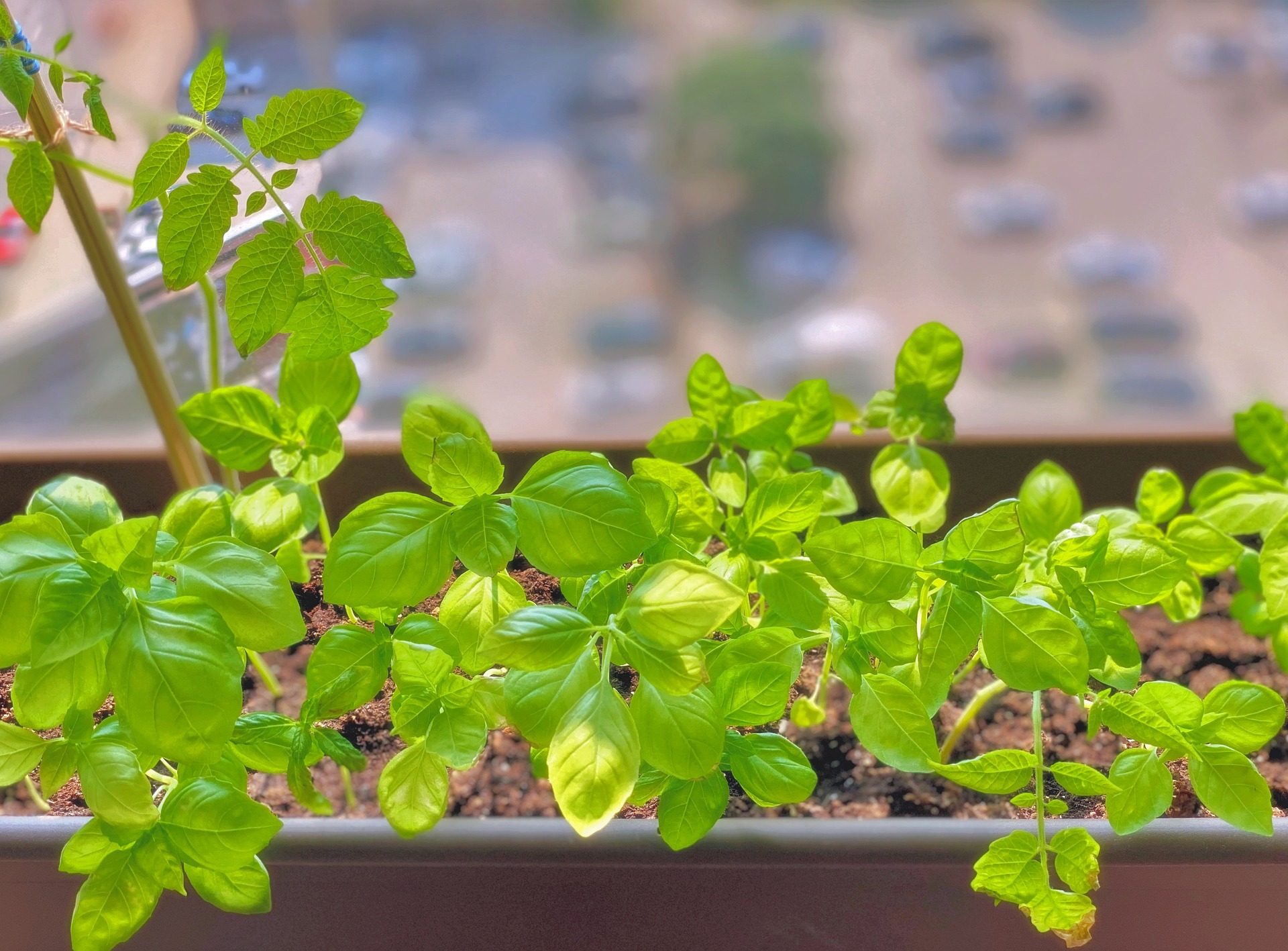Are you a proud plant parent with a craving for herbs? Do you find yourself wondering if your basil or parsley can survive in your slightly dim living room? Well, you’re in luck because we’re here to talk about the burning question on every herb-lover’s mind: can herbs grow in indirect sunlight?
We all know that sunlight is essential for plant growth, but what if you live in a small apartment with minimal natural light or have limited outdoor space? Don’t fret! Contrary to popular belief, growing herbs in indirect sunlight is possible and can be just as successful as growing them in direct sunlight. In fact, most herbs thrive in cooler environments and can still grow lush and strong with the right care and attention.
So let’s dive in and discover how you can achieve that herb garden you always dreamed of, even in a less bright space!
Types of Herbs
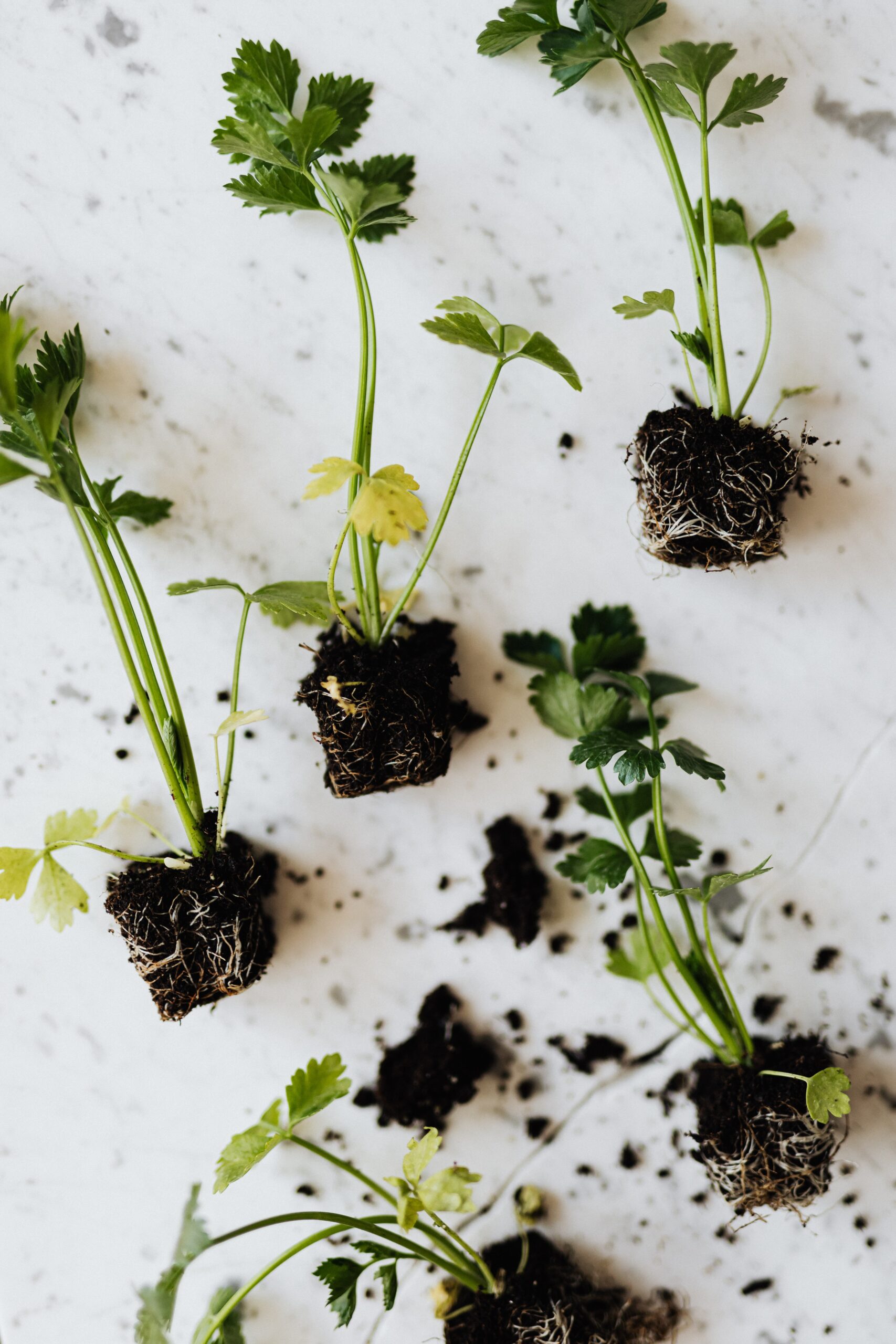
Herbs come in all shapes and sizes, so it’s important to consider the type of herbs you’re planning to grow. Here are some of the different types of herbs you need to know about!
🪴 Culinary Herbs
There’s still no matching the delectable flavors of your favorite herb-infused dishes! All-time favorite herb flavors include basil, thyme, rosemary, and parsley. While each herb provides a unique taste, they can all be used as a perfect seasoning, garnish, or enhancement for your culinary skills.
🪴 Aromatic Herbs
If you love fiddling around with essential oils, then growing aromatic herbs should be on your top priority list. These leaves bring a natural fragrance to your home while offering some relaxation benefits. Some of the best examples of aromatic herbs include lavender, lemongrass, chamomile, and mint.
🪴 Ornamental Herbs
Ornamental herbs are perfect for bringing your garden to life! Since they possess attractive foliage and flowers, they’re commonly used for decorative purposes. Some notable ornamental herbs are sage, marjoram, basil, and gold-variegated thyme.
Now we know the different types of herbs, but did you know that each herb has a specific sunlight requirement? Here are the three broad categories most herbs belong to:
Full-Sun: Six to eight hours of sunlight exposure
Partial-Sun: Three to six hours of sunlight exposure
Shade-tolerant: Little to no sunlight exposure is necessary
What Are The Best Herbs To Grow In Indirect Sunlight?
Now, you may be thinking: can herbs really grow in indirect sunlight? The answer is—Yes! Many herbs are surprisingly tolerant of cool, shady conditions and don’t need direct sunlight to thrive.
Here’s a list of the best herbs that grow perfectly well in indirect sunlight:
🌿 Mint
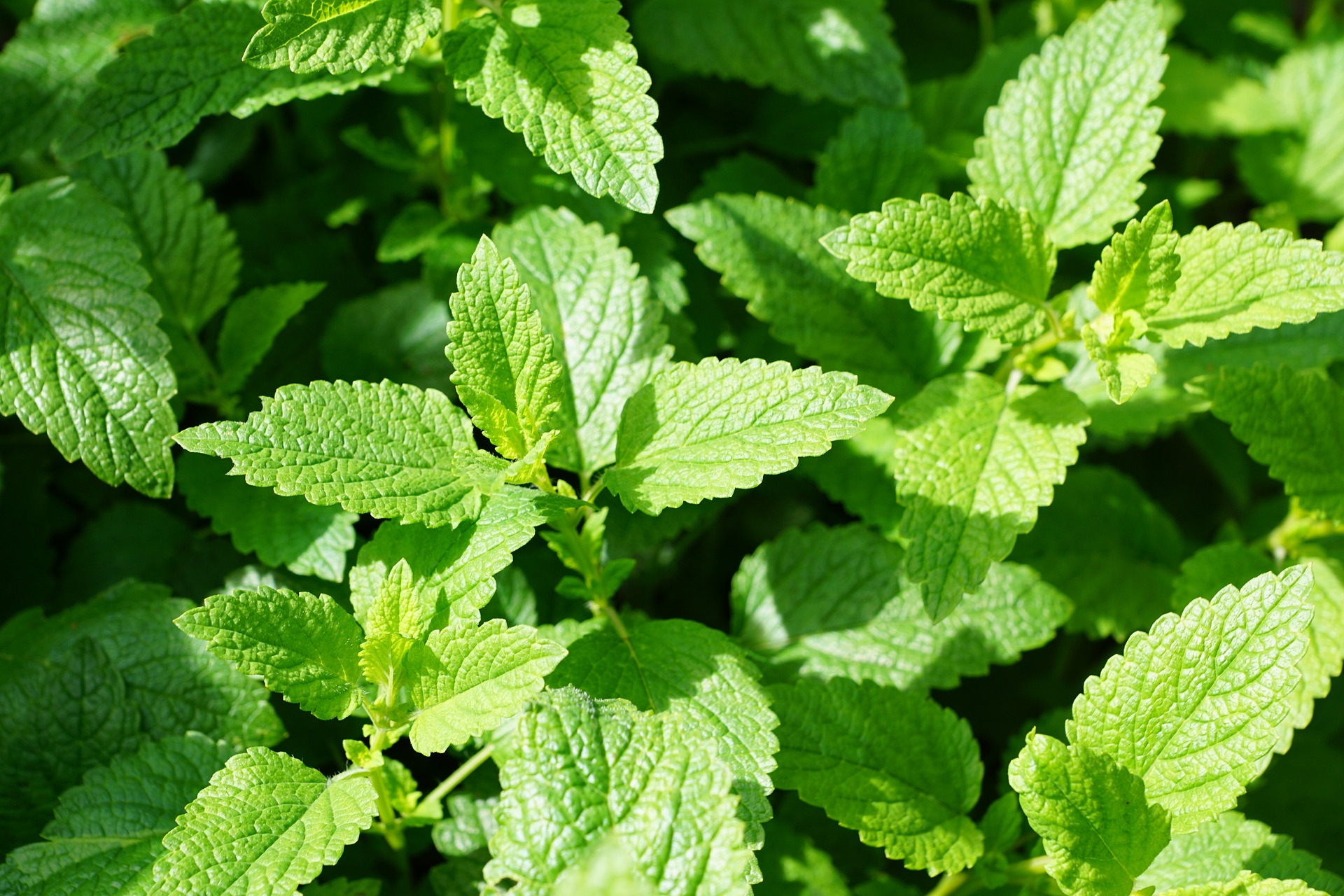
This fantastic plant is easy to grow and loves partial shade, making it perfect for those out-of-the-way garden spots. Plus, mint is incredibly versatile and can be used for everything from garnishing cocktails to adding a zesty kick to your favorite dishes. Not to mention, it smells amazing!
So why not give mint a try? With its refreshing taste and bright green leaves, it’s sure to be a hit in any garden. Just be sure to contain it in a pot or other barrier, as this herb spreads like wildfire.
🌿 Rosemary
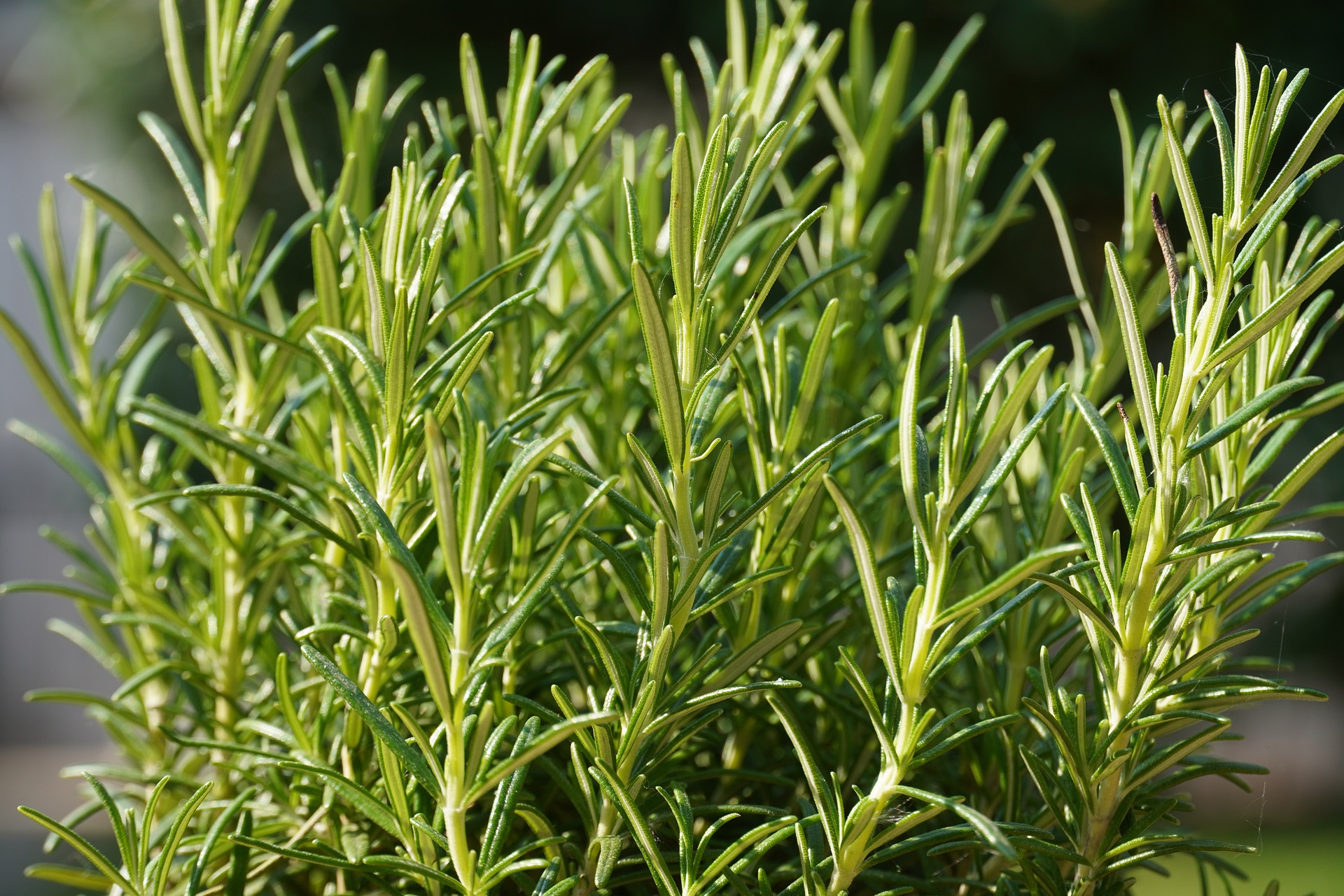
Rosemary is a fantastic herb that you can grow in your garden with minimal upkeep. One of its best qualities is that it does not need direct sunlight to thrive; it actually prefers indirect sunlight! This makes it perfect for those of us who may not have a lot of direct sunlight in our homes or gardens.
Not only does it look beautiful with its delicate leaves and lovely, mild fragrance, but it’s also incredibly useful. You can use fresh rosemary in all sorts of dishes, from roasted chicken to homemade pasta sauces. It’s especially tasty when added to bread or pizza dough, giving your homemade creations that extra kick of deliciousness.
And if you’re feeling a bit under the weather, a steamy cup of rosemary tea can help soothe your soul and alleviate your symptoms.
🌿 Thyme
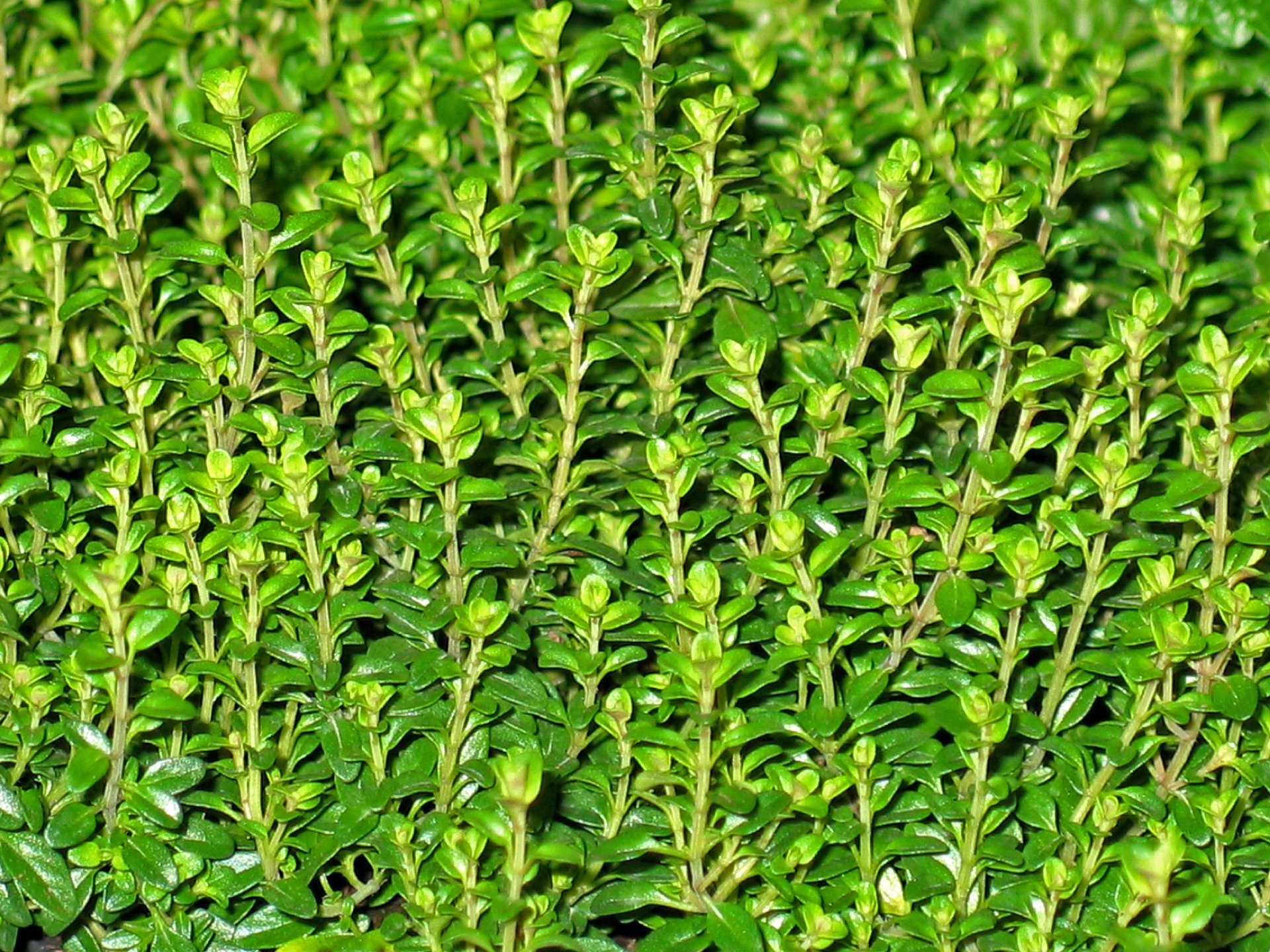
Thyme is a nifty little herb that packs a delightful punch of flavor in any dish it’s added to. These herbaceous beauties are perfect for small spaces or windowsills that receive only partial sunlight.
Thyme is a hardy, easy-to-grow herb that can handle a range of growing conditions. In fact, the lack of direct sunlight can help prevent delicate leaves from drying out too quickly or becoming scorched.
So, if you’re a plant parent looking for a low-maintenance addition to your indoor garden, try growing some thyme! With its versatility in cooking and its charming little leaves, you’ll surely impress your taste buds and guests alike.
🌿 Lemon Balm
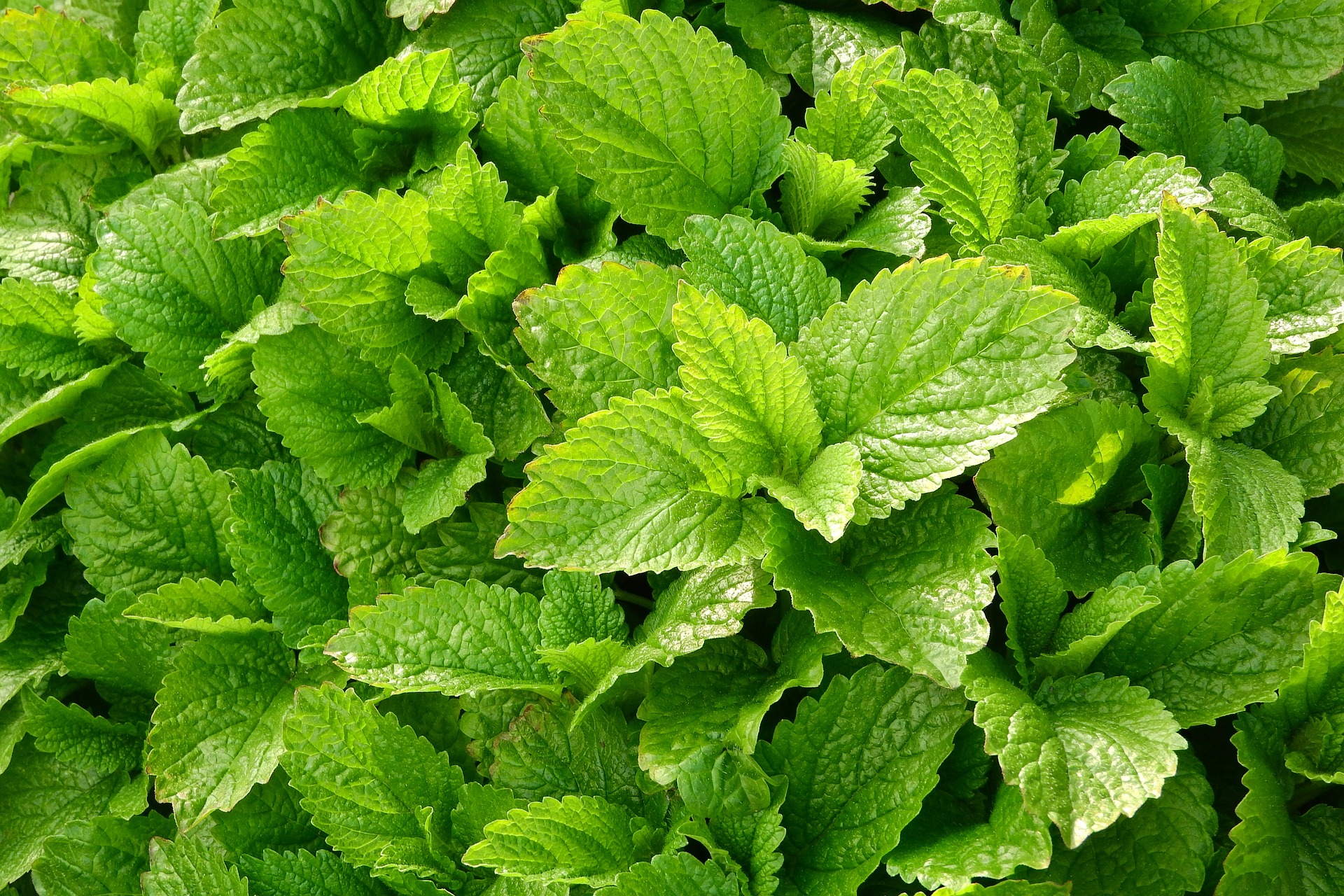
Lemon Balm is known for its fragrant smell and mild lemony flavor. Not only is it great for culinary purposes, but it’s also been used for medicinal purposes. Lemon Balm is believed to help with anxiety and sleep disorders by promoting relaxation and calmness.
You can make a soothing tea by steeping lemon balm leaves in hot water or even use it as a natural mosquito repellent by rubbing fresh leaves on your skin.
🌿 Tarragon
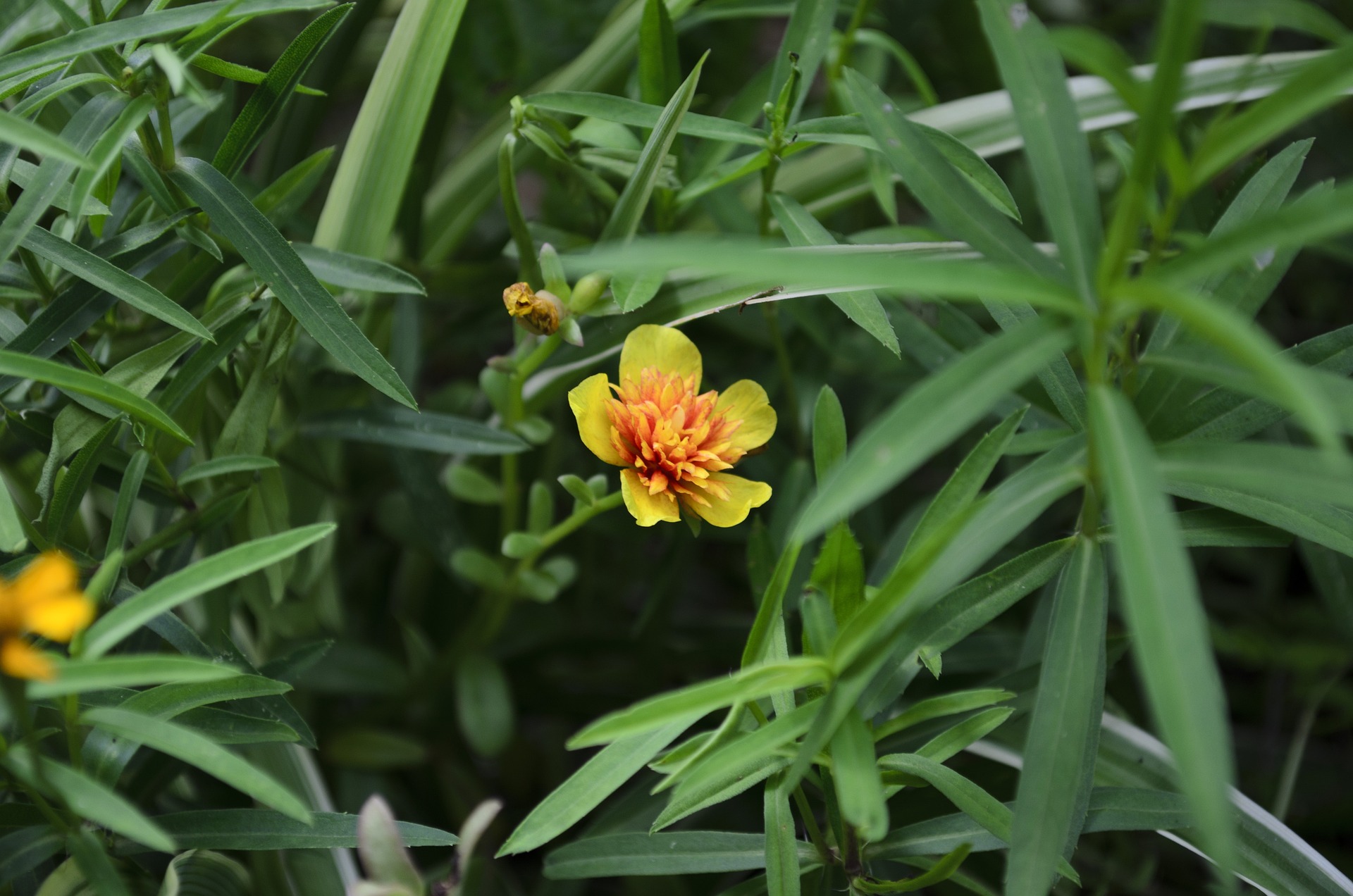
Tarragon is a perennial herb that belongs to the sunflower family. It typically grows up to 2-3 feet tall and has slender, glossy leaves.
Tarragon sounds like the kind of herb you’d pick up at Hogwarts, doesn’t it? But in fact, it’s a flavorful and versatile herb that’s commonly used in French cuisine. Tarragon is probably most famous for its use in Bearnaise sauce, a creamy and tangy sauce that’s often served with steak.
But French chefs also use tarragon in salad dressings, marinades, soups, and stews. Its subtle anise-like flavor makes it a great choice for recipes that need a little extra depth and complexity.
But tarragon doesn’t just taste good; it’s also good for you! It’s a natural source of antioxidants and has been used for centuries to help treat everything from toothaches to menstrual cramps.
🌿 Oregano
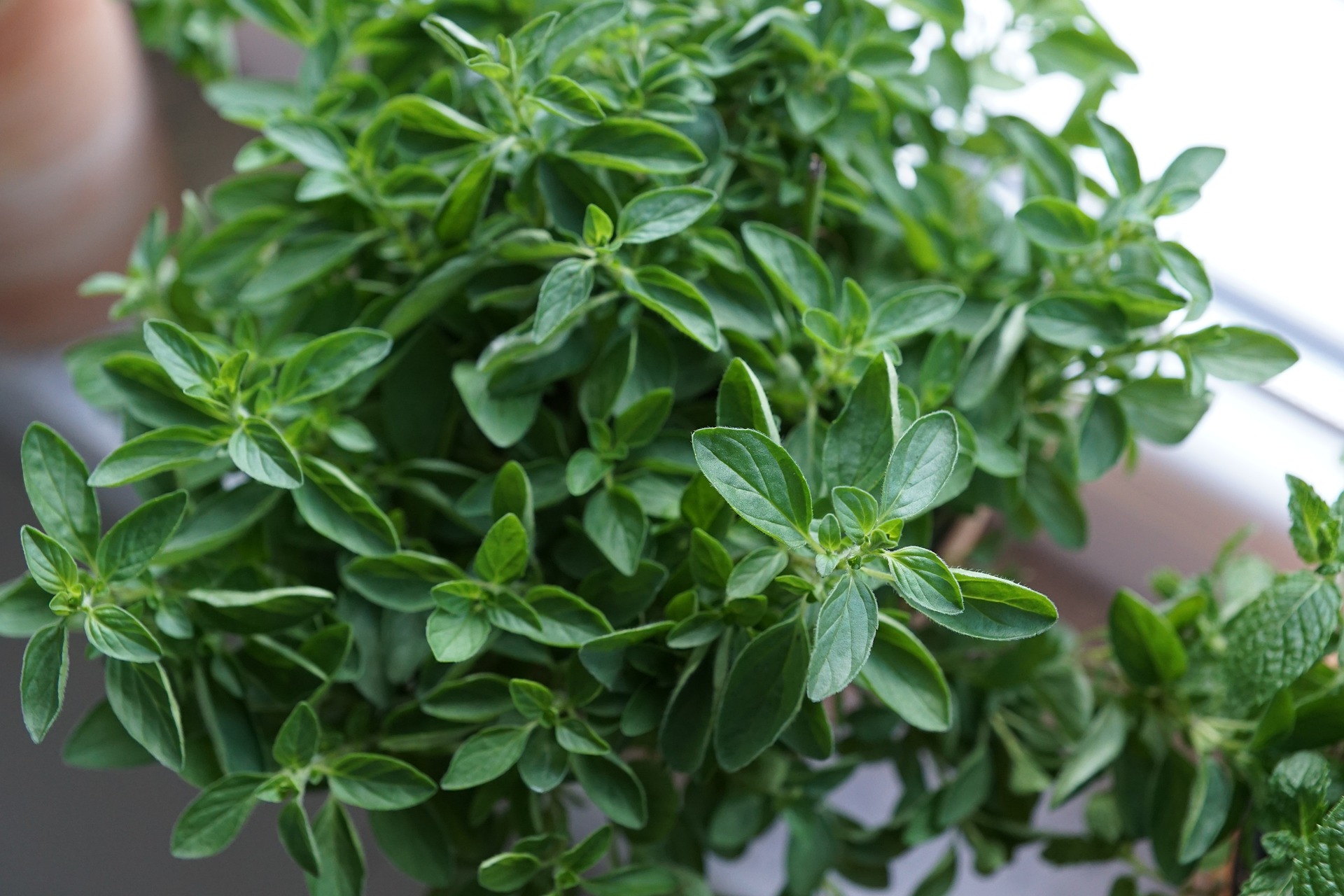
Oregano is actually a flowering plant that belongs to the mint family. It’s native to the Mediterranean region and has been used for medicinal purposes for centuries. But what makes oregano so special?
Well, for starters, it’s packed with antioxidants and has antifungal and antibacterial properties. Studies have even shown that oregano oil can help fight off infections and boost the immune system.
Plus, it’s a good source of vitamins and minerals like Vitamin K, iron, and calcium. And let’s not forget about its delicious flavor! Oregano has a slightly bitter, pungent taste and a strong aroma that can elevate any dish.
🌿 Sorrel
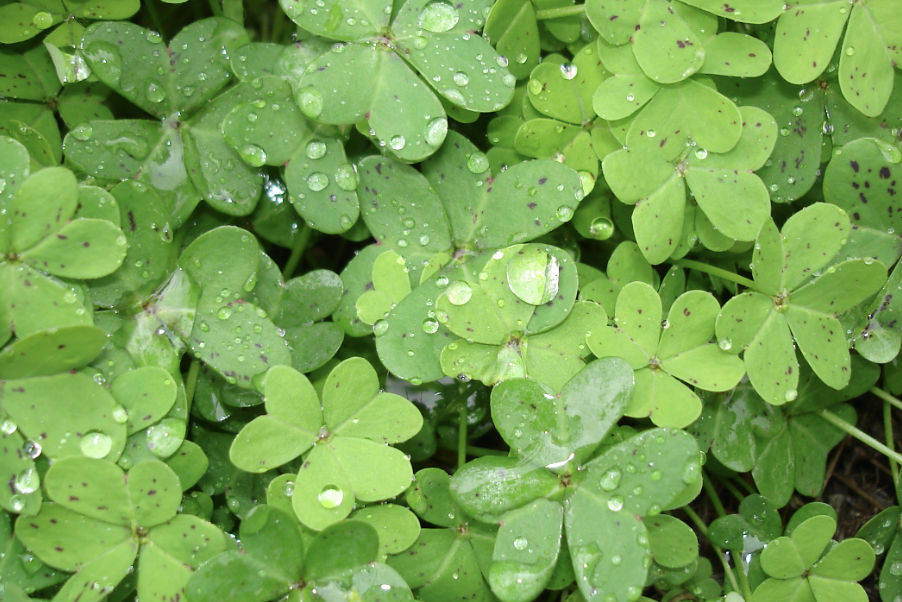
Sorrel is a versatile and tasty green that you may have never heard of, but it’s definitely worth getting to know. Its unique tangy flavor is similar to lemon but without sourness, making it a perfect ingredient to add brightness and depth to your dishes. It’s often used in French cuisine and pairs especially well with fish, eggs, and potatoes.
Not only is herb sorrel delicious but it’s also packed with nutrients that can benefit your health. It’s rich in vitamins C and A, as well as antioxidants and anti-inflammatory properties that can help boost your immune system and reduce inflammation. Plus, its distinct flavor can add a fun twist to your meals and make you feel like a professional chef.
🌿 Cilantro
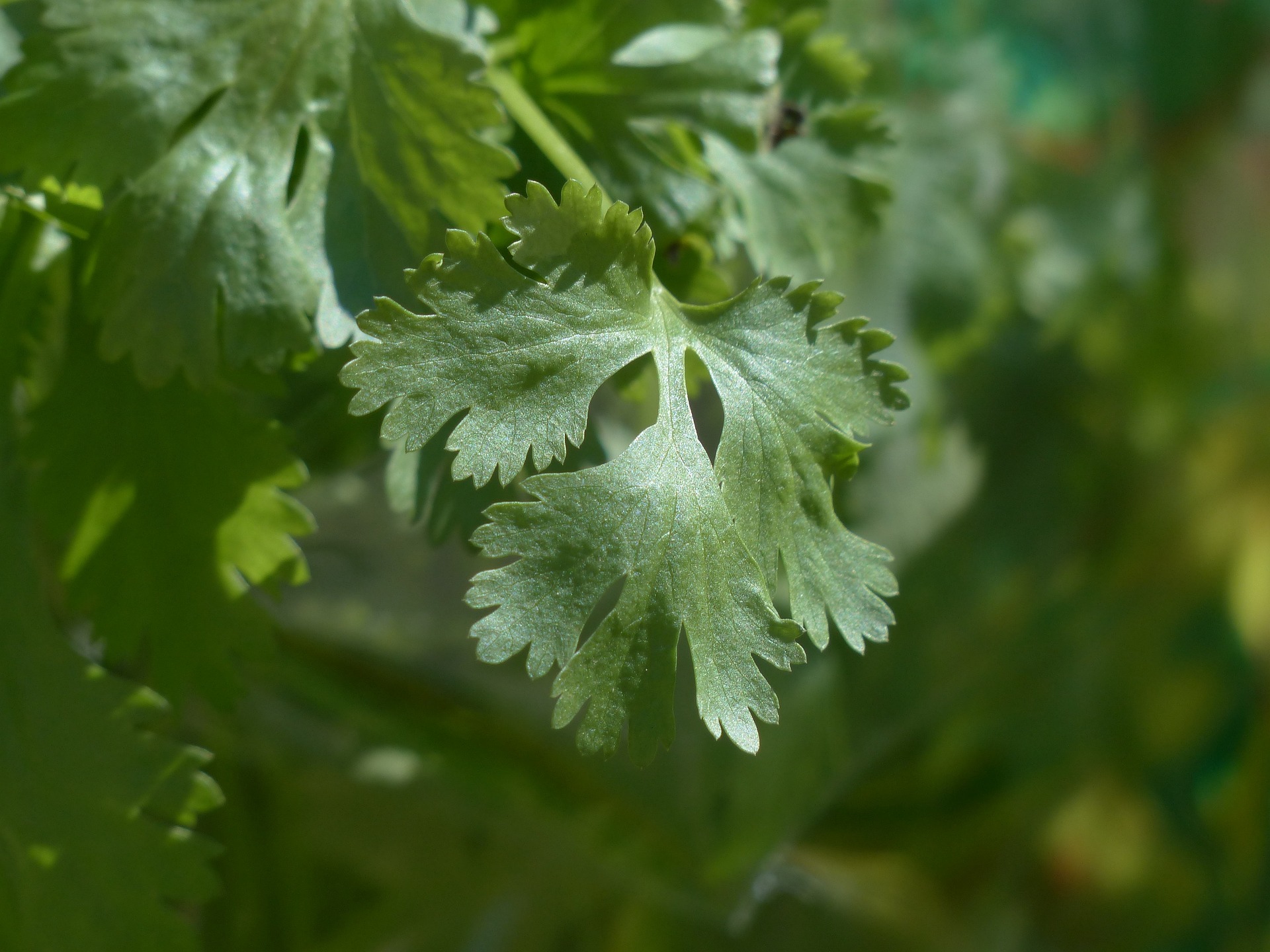
Cilantro, or coriander, is a green leafy herb commonly used in cooking. It has a fresh, citrusy taste and is a popular ingredient in many dishes, especially Mexican, Indian, and Middle Eastern cuisines. Some people love cilantro and can’t get enough of it, while others find it to have a soapy aftertaste that they just can’t stand.
Aside from its delicious flavor, cilantro also has some impressive health benefits. It’s jam-packed with vitamins and minerals like vitamins A and K, folate, calcium, and potassium. It’s also been shown to have antioxidant properties and may even have antibacterial effects as well.
🌿 Calendula
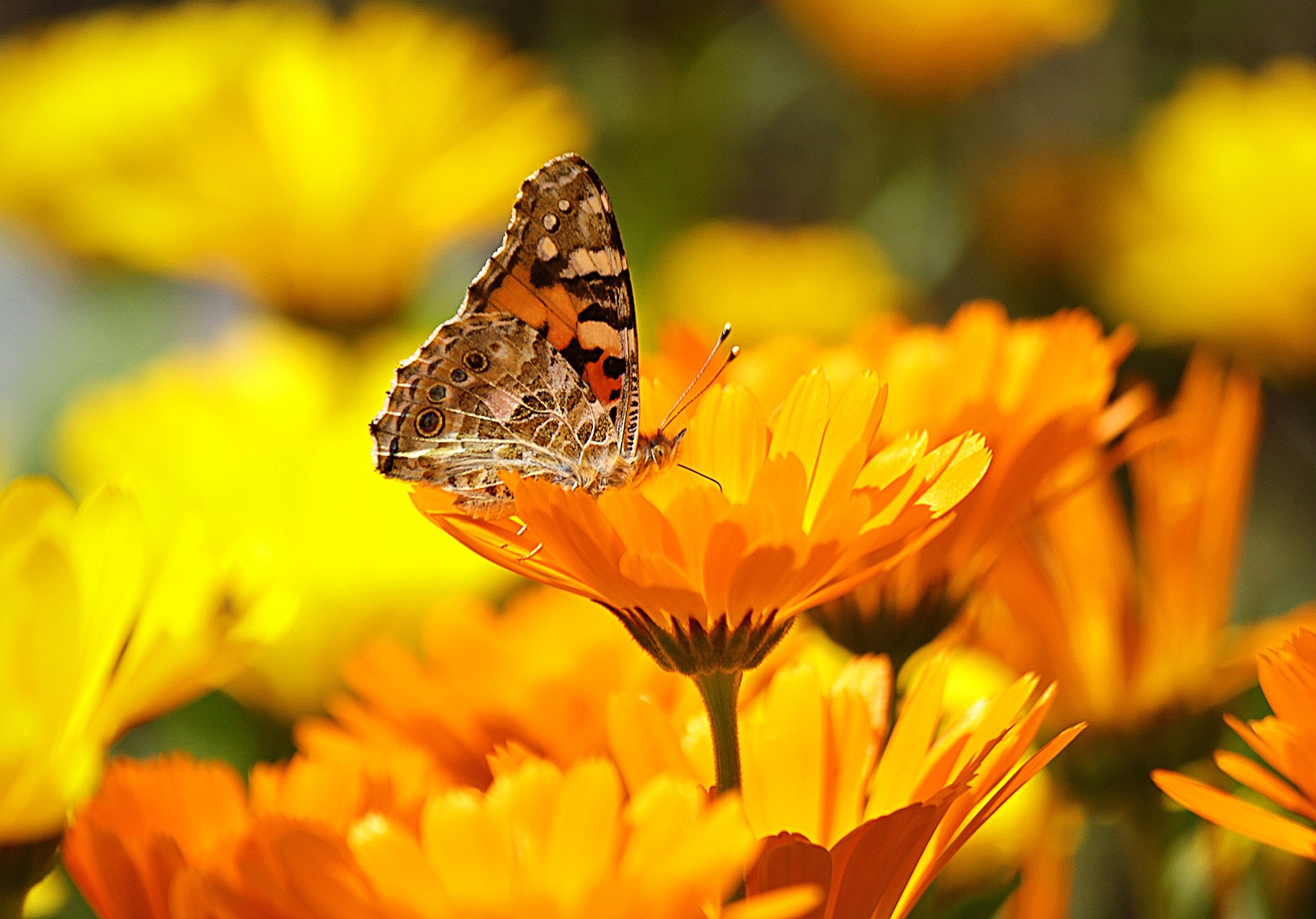
Calendula is a beautiful and versatile plant that is often used in herbal medicine and skincare products. With bright orange or yellow petals, the Calendula flower is a sight to behold in any garden. It’s not just a pretty plant, though.
Calendula has been used for centuries to promote healing, reduce inflammation, and soothe irritated skin. Calendula can be a gentle and effective solution, whether you’re dealing with a minor burn, a cut or scrape, or even eczema or psoriasis.
One of the best things about Calendula is that it’s easy to grow and care for. You can plant it in your garden, a pot or container, or even a hanging basket. It thrives in full sun and well-draining soil but is also tolerant of partial shade. Plus, Calendula is a natural attractant for bees, butterflies, and other beneficial insects, making it a great addition to any pollinator garden.
🌿 Dill
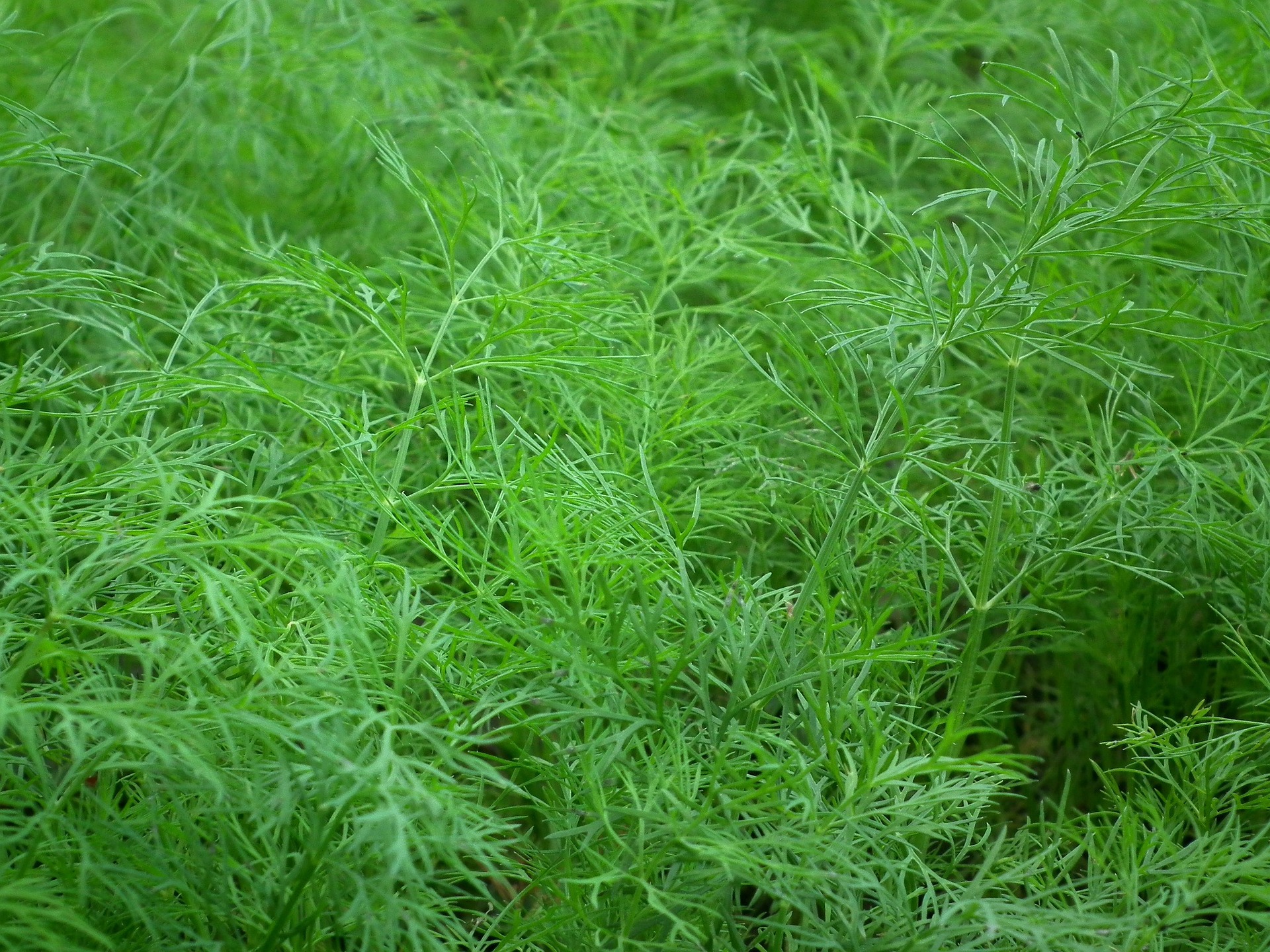
Dill is a herb that’s loved for its unique taste and exceptional versatility in the kitchen. Whether you’re using it as a fresh herb or dill seeds, this plant adds a deliciously tangy and slightly sweet flavor to any dish. Not to be confused with the pickling spice, dill is a main ingredient in many different types of cuisines ranging from Scandinavian to Mediterranean.
Apart from its culinary use, dill has also been used in traditional medicine for centuries. Dill tea is believed to alleviate upset stomachs and promote healthy digestion. Additionally, dill oil has been used in aromatherapies to help soothe nervousness and promote relaxation.
And if all that wasn’t enough, dill is also an incredibly easy herb to grow in your own garden or windowsill.
🌿 Parsley
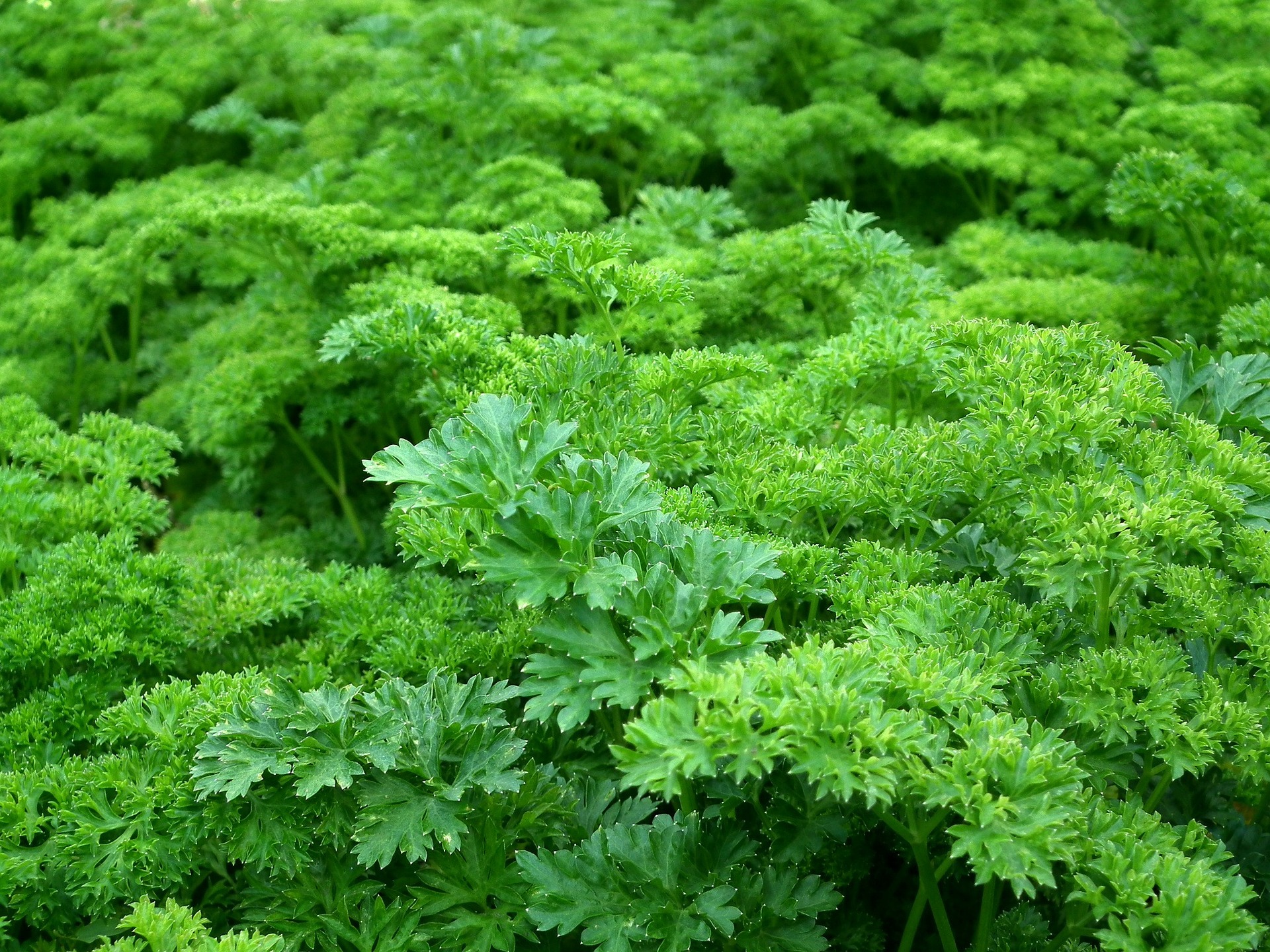
Ah, parsley! This humble herb is one of the most commonly used in kitchens worldwide. It’s so ubiquitous that it’s often overlooked, but don’t let that fool you – parsley is a powerhouse of flavor and nutrition. Chances are, you’ve seen it garnishing dishes in fancy restaurants, but did you know that its culinary uses go way beyond that?
Parsley is an herb that’s native to the Mediterranean, but it’s now grown all over the world. Its bright green leaves taste refreshing – almost like a cross between grassy and peppery. This herb packs a punch when it comes to vitamins and minerals, too – it’s high in vitamins C and K, as well as folate and iron.
🌿 Basil
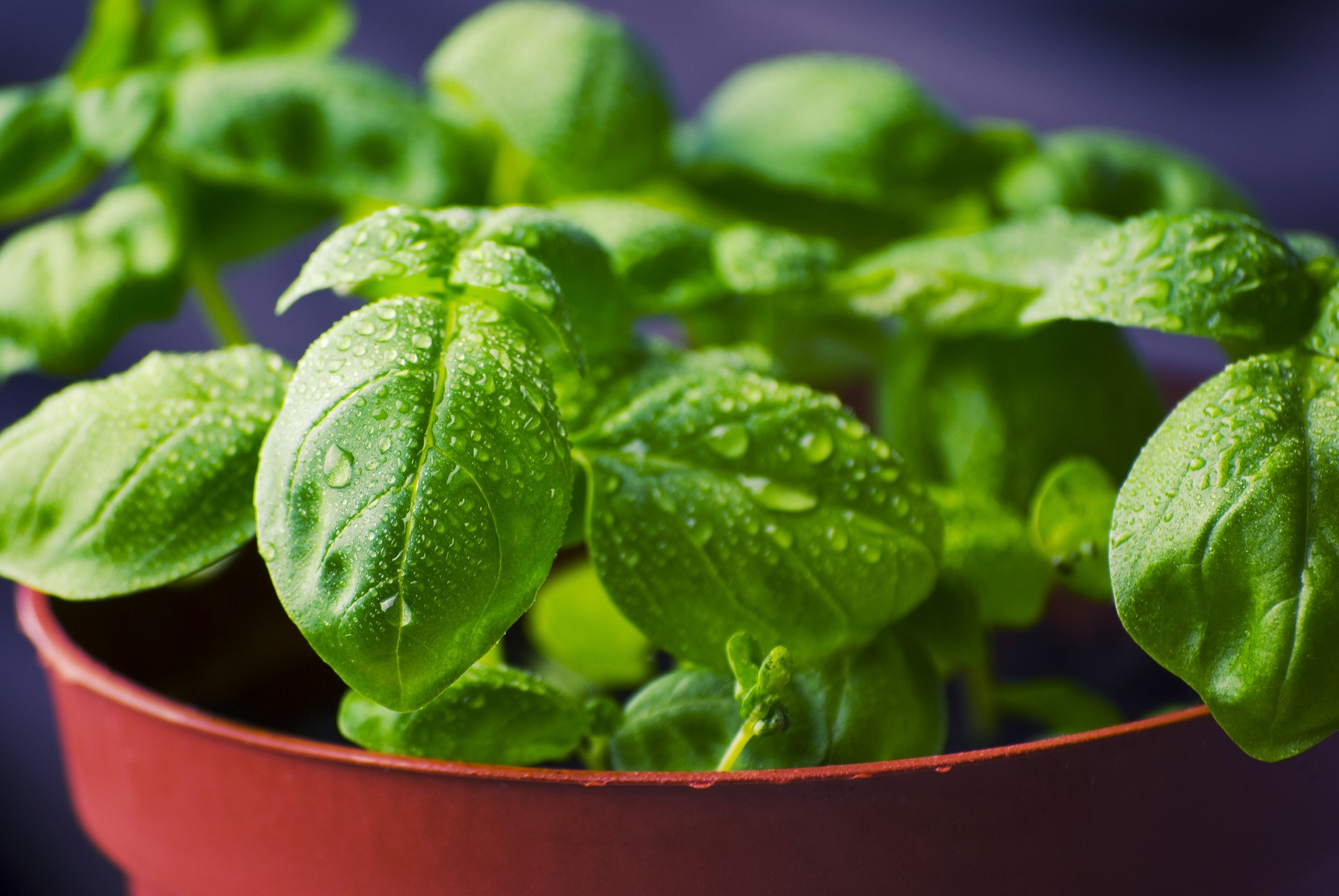
The herb that can make any dish taste like a million bucks. This fragrant green leafy herb is native to tropical regions from central Africa to Southeast Asia and is a member of the mint family. Fresh basil is most commonly used in Italian cuisine, but it is also often used in Thai and Vietnamese cuisine as well.
The flavor of basil is sweet yet savory, with hints of pepper, clove, and anise. There are several different types of basil, including sweet basil, lemon basil, and Thai basil. It’s no surprise that basil is a go-to for many home cooks and chefs alike, as it is versatile and can complement various flavors. You can use it as a topping for pizza, a classic caprese salad, or even a key ingredient in homemade pesto sauce.
How To Grow Herbs In Indirect Sunlight
For most households, there’s no need to have a traditional herb garden—a handy windowsill or balcony is usually all the space you need! Herbs thrive in indirect sunlight, so even if your outdoor area isn’t well-lit, you can still enjoy the freshness of homegrown herbs.
To help you get started, here are some tips on how to grow herbs in indirect sunlight:
✅ Pick the Right Spot
The key to a successful indoor herb garden is to pick the right spot that balances light and shade. When you’re figuring out the best location, ask yourself: How much sunlight does this area receive throughout the day? Is it consistent, or does it change based on the time of day?
A north or east-facing window is ideal as it will provide the herbs with the right amount of sunlight without getting too much direct heat.
You want to avoid areas that get too much direct light, which can scorch and wilt delicate herbs like basil or cilantro. On the flip side, low light can also be detrimental, so make sure to choose a spot that gets at least a few hours of indirect sunlight each day.
✅ Choose the Right Container
You can grow herbs in almost any container as long as it has good drainage. One great option is a terracotta pot, which is aesthetically pleasing and porous, allowing the soil to breathe and prevent waterlogging.
Another option might be a container made from recycled materials, such as a sturdy plastic bucket or an old wooden crate. Whatever container you choose, just ensure it has proper drainage holes to prevent your herbs from drowning.
✅ Choose the Right Soil
Think of the soil as the foundation for your herbs to thrive. So, what kind of soil should you choose? Well, it depends on the herb. For example, if you’re growing basil, it prefers well-draining soil with a slightly acidic pH level.
On the other hand, thyme likes slightly alkaline soil. Remember, the key is matching the soil to the herb you’re growing. Thankfully, there are plenty of tailor-made soil blends available that take the guesswork out of the equation.
And if you’re feeling adventurous, you can even create your own soil mix by combining compost, sand, and peat moss. Whatever you choose, just test the soil pH level and adjust accordingly.
✅ Water Your Herbs Regularly
Just because they aren’t getting direct sunlight doesn’t mean they don’t need hydration! So, be sure to give your herbs a good drink consistently. How often you water them will depend on a few different factors, such as the type of indoor herb, the size of the container, and the climate you’re in.
But as a general rule of thumb, aim to water your herbs every 2-3 days or whenever the topsoil feels dry to the touch. Overwatering your herbs can lead to root rot, so be careful not to water too much.
✅ Fertilize Your Plants
Another important thing to remember when growing herbs in these conditions is to fertilize your plants regularly. But wait, what exactly is fertilizer, and what does it do for your plants? Essentially, fertilizer is a nutrient-rich substance that helps to promote healthy growth and development.
When it comes to fertilizing your herbs in indirect sunlight, it’s best to opt for a balanced fertilizer that contains equal parts nitrogen, phosphorus, and potassium. As for how much to use, always follow the package instructions or consult a gardening expert.
✅ Watch For Pests
When growing herbs in indirect sunlight, the risk of pests is even higher. That’s because these plants are more vulnerable to infestations than those grown in direct sun. So, what types of pests should you be on the lookout for?
The spider mitehttps://en.wikipedia.org/wiki/Spider_mite
is one common pest that can plague herbs grown in indirect light. These tiny arachnids are hard to spot but can cause serious damage to your plants, including yellowing leaves, webbing, and stunted growth.
Another pest to watch out for is the aphid. These small, soft-bodied insects can quickly reproduce and suck the sap from your herbs’ leaves, causing them to wilt and die if left unchecked. By keeping an eye out for these and other pests and taking preventive measures like regularly spraying your plants with a natural insecticide, you can help ensure that your herbs thrive and stay healthy.
✅ Harvest Your Plants Frequently
One of the best things about growing herbs indoors is that you can harvest them whenever you like! You see, herbs love to be picked! When you give them a good snip, it encourages new growth, so you’ll get more leaves, more flavor, and a healthier plant overall.
But don’t worry; you don’t need to pick them bare – just take a few leaves here and there. You’ll want to be especially diligent about picking off any flowers you see since those will drain your plant’s energy and reduce your overall yield.
Now, let’s talk about timing. When should you pick your fresh herbs? The best time is in the morning after the dew has dried but before the sun gets too hot. This is when the oils that give herbs their flavor are most concentrated, so you’ll get the most bang for your buck. And, of course, wash your herbs thoroughly before using them in any recipe.
Frequently Asked Questions
Q: Can I use artificial light for my indoor plant?
The good news is, you definitely can! In fact, many indoor plant enthusiasts swear by it. Not all plants thrive in low-light conditions, especially those that require full sun. But fear not; by using artificial light, you can mimic the sun’s natural spectrum and give your plants the light they crave. Just make sure to research the specific lighting requirements for your plants, and maybe invest in a timer so they get just the right amount of light.
Q: How does planting herbs in medium light differ from planting in direct sun?
The biggest difference lies in the intensity of light. Plants requiring full sun need several hours of intense, direct sunlight daily to stay healthy and produce fruit or flowers. Those grown in medium light don’t need as much light, so if you’re short on space, it may be a better option for growing herbs and other plants. Additionally, medium light is less likely to burn your plants, so you don’t have to worry about them getting too much sun exposure. Finally, it’s important to note that plants grown in indirect sunlight need more frequent watering than those grown in direct sunlight since they won’t be able to absorb as much moisture from the air.
Q: How can I make sure that my houseplants get the right amount of indirect light?
When positioning your plants, think about the direction and strength of the light source in the room – you want your plants to be near a window or skylight but not in direct sunlight. You can also use a sheer curtain or place your plants a few feet away from the light source to filter the light. Remember, every plant has its own specific light requirements, so research the types of plants you have and adjust accordingly.
Q: Do I need moist soil for growing herbs?
Yes. Herbs thrive in soil that is kept moist but not overwatered. Think of it like this: you don’t want the soil to be drenched, but you don’t want it to be bone dry, either. It’s all about finding that balance. Trust me, once you get the hang of it, your herb garden will flourish in no time. Plus, the added bonus of having fresh herbs to flavor your dishes is worth the effort it takes to keep the soil just right.
Q: Are there any problems to watch out for when growing herbs indoors?
Yes. The most common issue is overwatering, which can cause root rot and other problems. Make sure only to water your herbs when the top layer of soil feels dry – if it’s already damp or wet, they don’t need any more! Additionally, some plants are prone to pests like aphids and whiteflies – keep an eye out for these and act quickly if you see any. Lastly, give your herbs enough light – most need at least 6 hours of indirect sun every day. If you can’t provide this naturally, consider investing in a grow light or two.
Final Words
Well, after all that reading, I hope you’ve realized that growing herbs in indirect sunlight is possible! Sure, it might not be ideal, but with the right herbs and a little bit of extra attention, you can grow a thriving herb garden even in the shade. Remember to choose herbs that tolerate low light levels and to keep an eye on the moisture levels of your soil. If you’re short on space and can only grow herbs indoors, consider placing them near a bright window or investing in some grow lights to give them the extra boost they need.
In the end, growing herbs in indirect sunlight is all about finding a balance between what you want and what’s realistic for your space and conditions. Don’t let a lack of direct sunlight stop you from pursuing your herb-growing dreams! With a little bit of creativity and a willingness to experiment, you can create a thriving herb garden that brings you joy and flavor all year round. So go forth, grab your gardening gloves, and get ready to watch your herbs flourish in even the shadiest corners of your home or garden.

